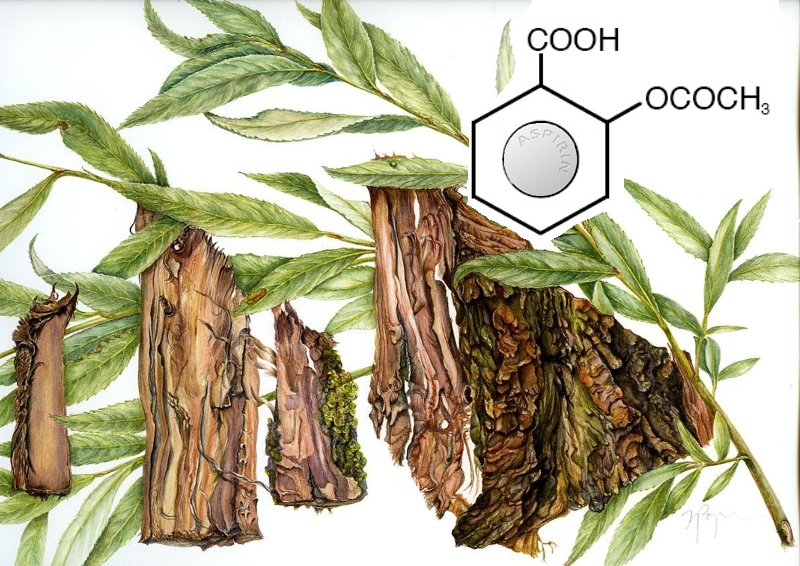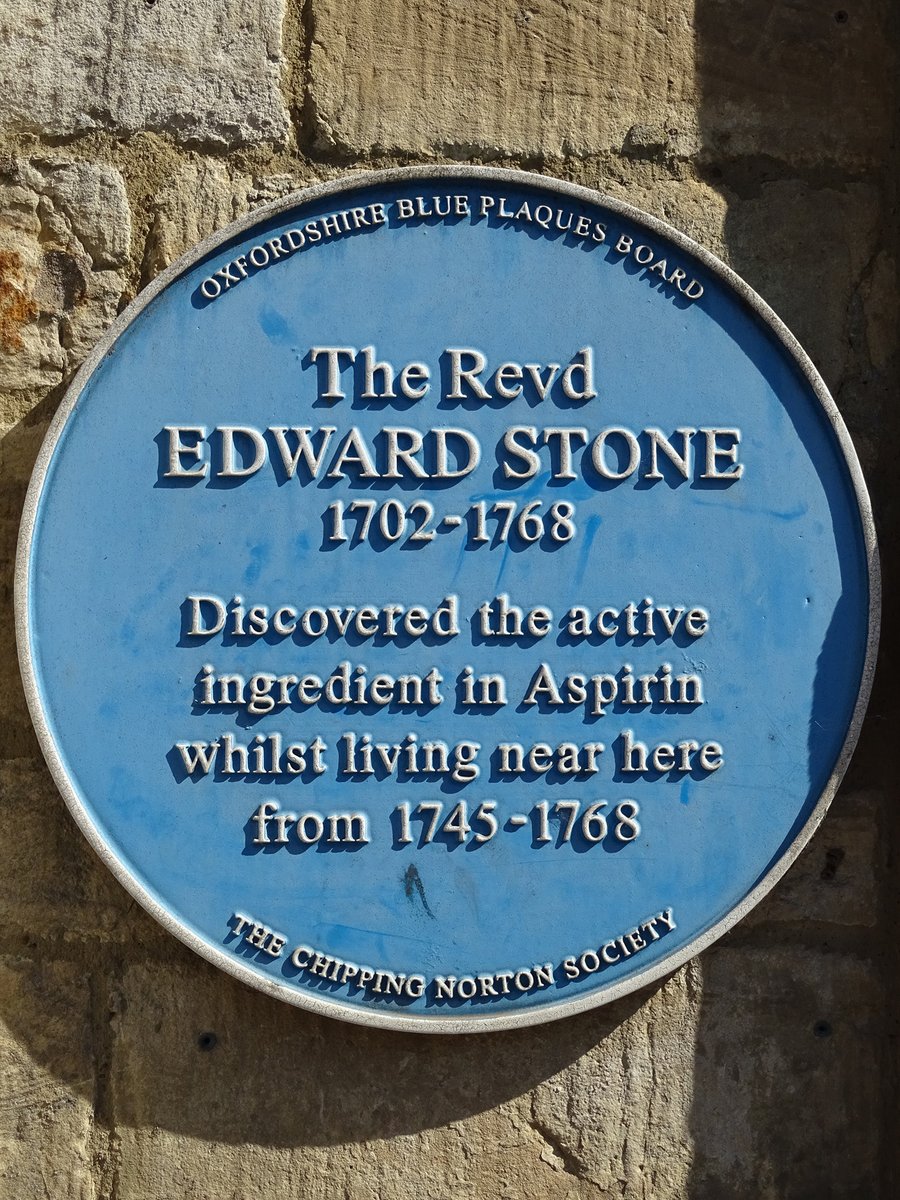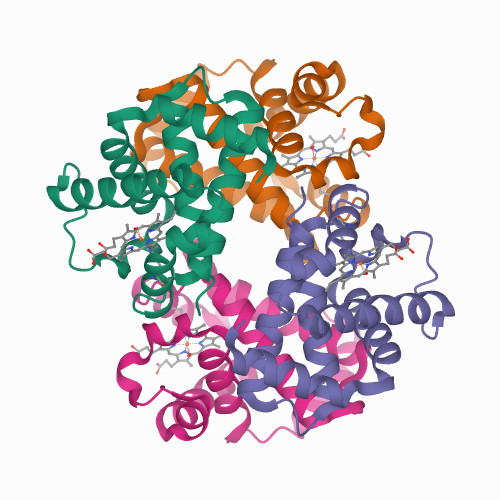
I don't normally tweet personal stuff, but this is actually another example of the lunacy of our US healthcare system. In June, one of our kids was a passenger in a single-vehicle car vs telephone pole MVA in a car driven by a classmate. She was taken to the nearest hospital. /1
She sustained a pneumothorax, pulmonary contusions, mild concussion, ankle sprain (crutches) & some soft tissue injuries. The other 2 girls were also hurt, one needed chest tubes, but all's well that ends well: none of the injuries were permanent. She got mostly excellent care./2
Then the bills started coming, as they do. Our health insurer @HarvardPilgrim said they'd work on subrogating with @SafetyInsurance, the driver's insurance. We (mostly my wife) have filled out innumerable forms for both insurers and for the hospital over the last 3 months./3
The insurers apparently weren't fast enough for the hospital @bidneedham, and now we've started getting calls from a debt collection agency to whom they have turned the case over. Debt collector wants some $ figure that we haven't seen before in any of the mailings. /4
This is a teaching hospital of the medical school I've taught at for the last decade, so served as a reminder this can happen to anyone; we're all just anonymous numbers in a computer. I am always so sad whenever my own patients tell me of struggles with bills and bureaucracy./5
And of course many people can't pay the debt collector, are unable to afford to do so. It is no secret medical debt is the #1 cause of bankruptcy in the US, and in most studies the majority of people who declared bankruptcy had insurance./6
I think most Americans don't want a political revolution; we want reforms, common sense changes, an end to an unsustainable system that requires 10+ administrators per clinician and allows huge profit-making hospital/pharmacy systems charging "what the market can bear"./7End
I’m getting more and more angry at @bineedham. It turns out they have sent wrong codes to the insurer & only just sent the info. The insurer is stunned the hospital turned this case over to a collection agency so soon (accident was June). Really pissed off at @bethisraellahey
• • •
Missing some Tweet in this thread? You can try to
force a refresh



























